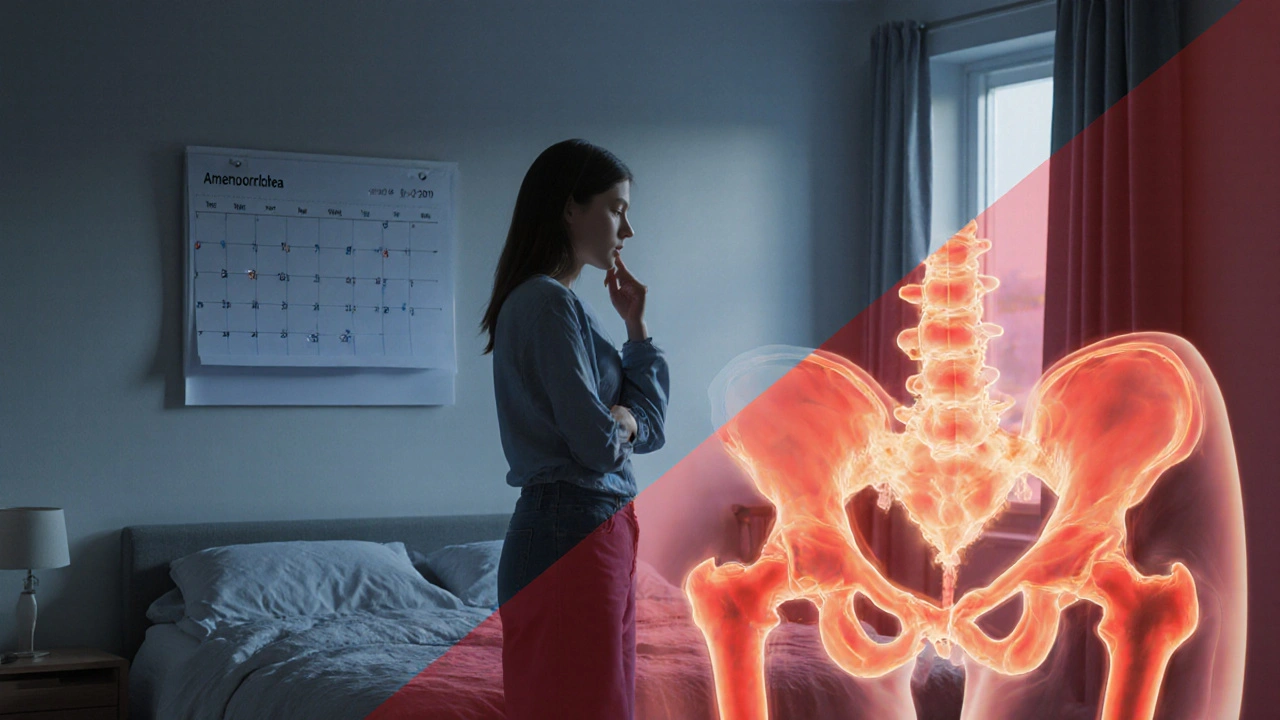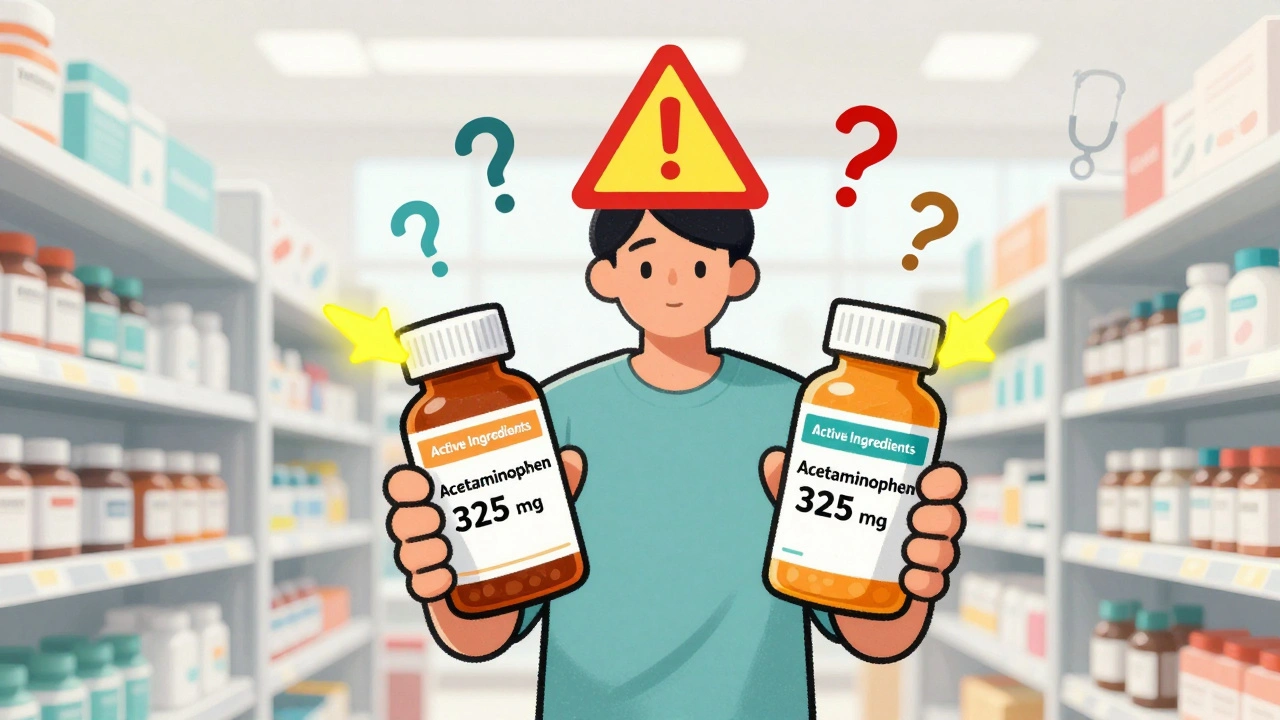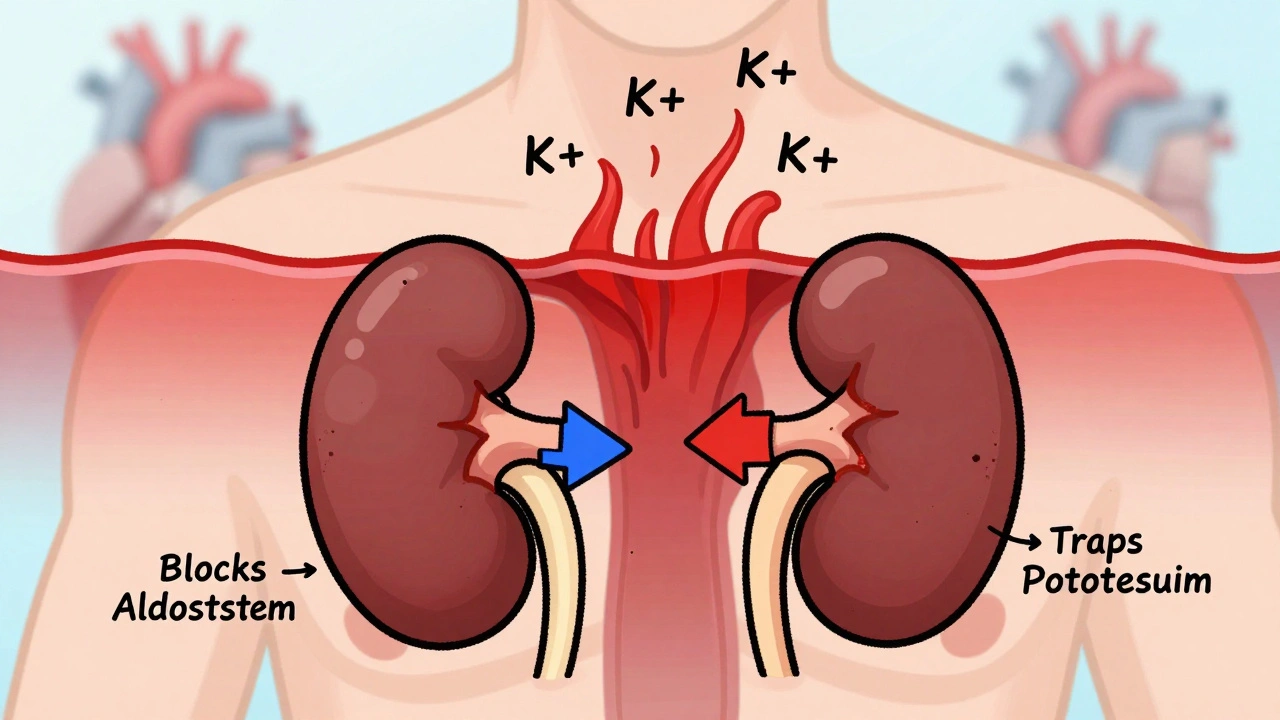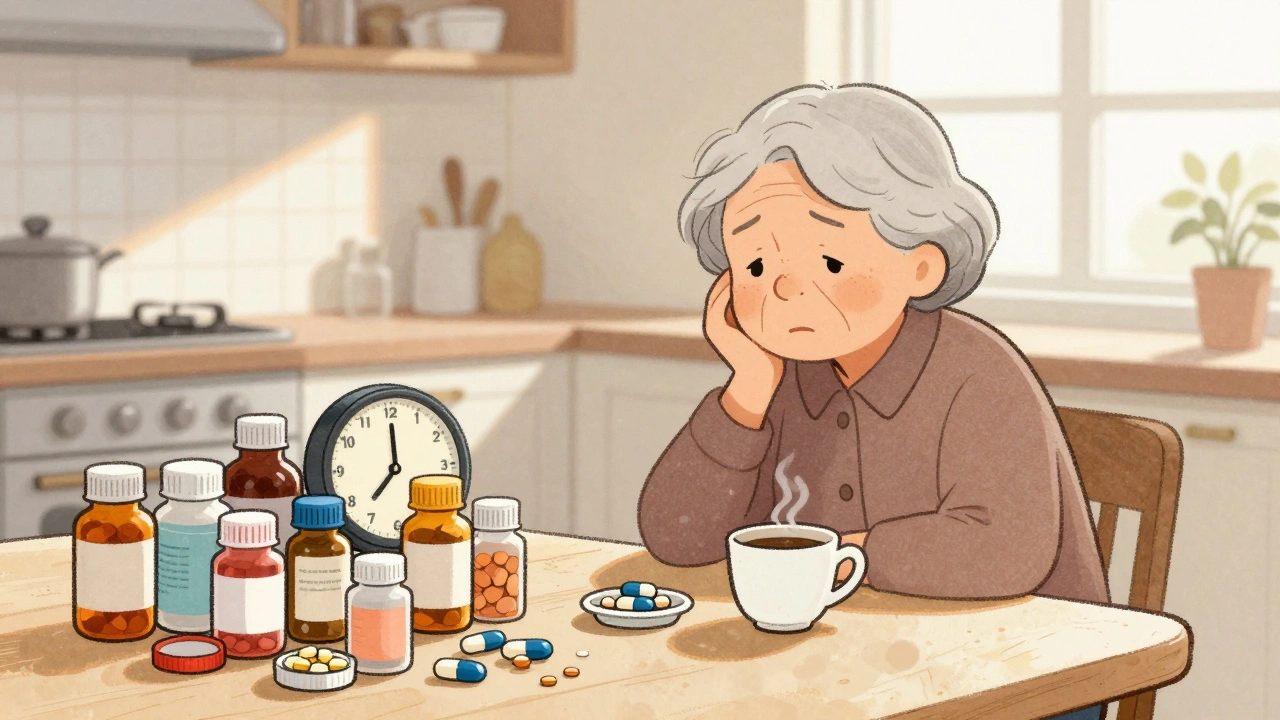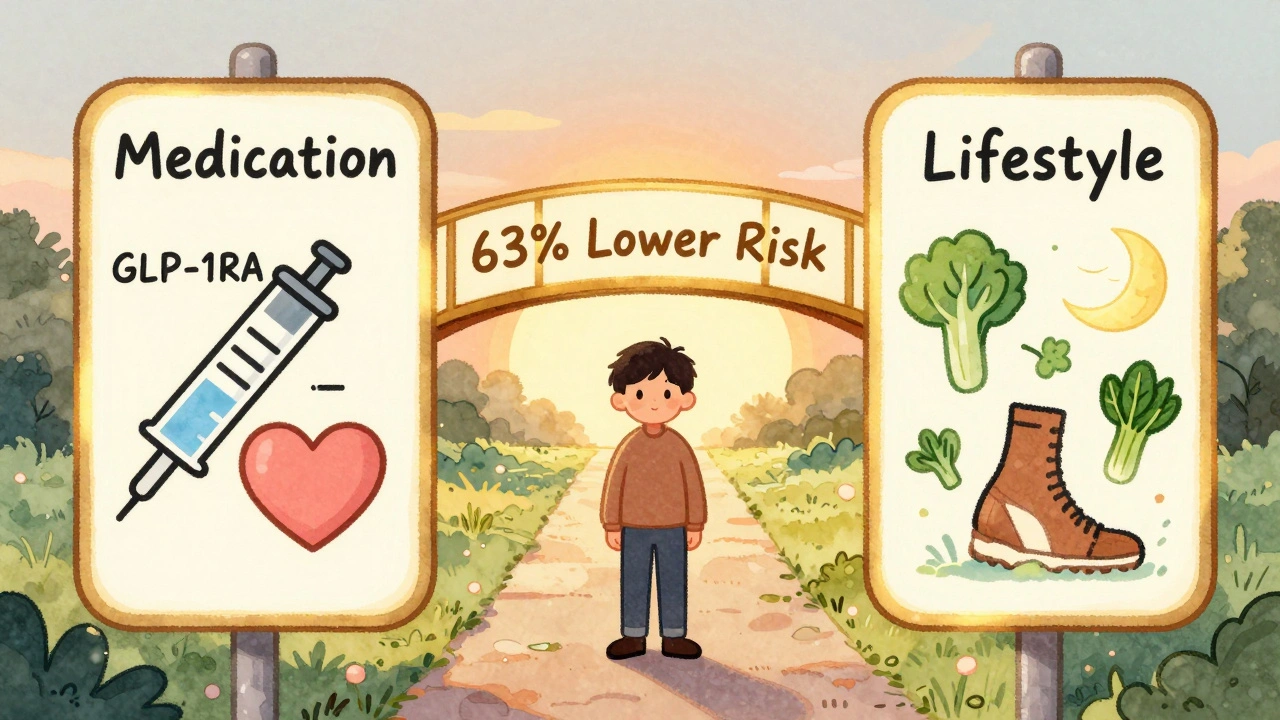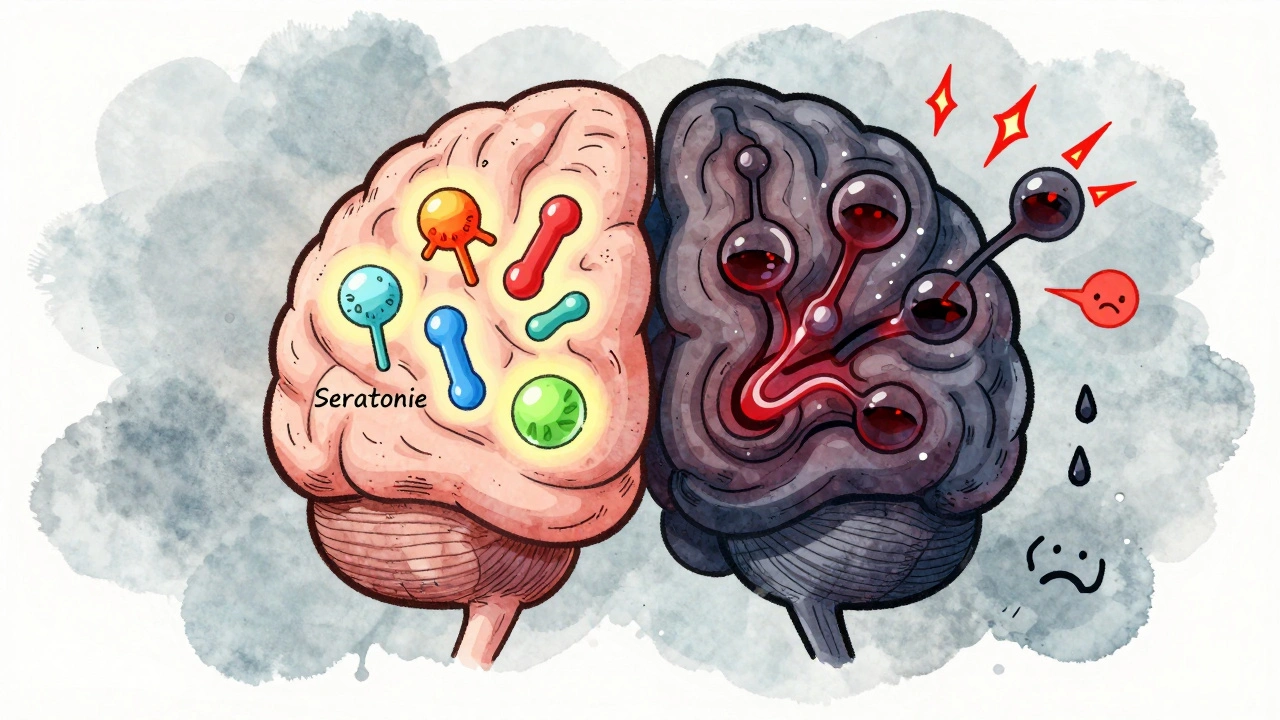Pelvic Pain: What You Need to Know
When dealing with pelvic pain, discomfort located in the lower abdomen and groin area. Also known as lower pelvic discomfort, it can stem from many sources. One of the most common culprits is endometriosis, a condition where uterine‑lining tissue grows outside the uterus, causing chronic ache and heavy periods. Others include urinary‑track infections, ovarian cysts, and muscle strain after exercise. Understanding which of these is behind the ache is the first step toward relief.
How Doctors Pinpoint the Source
The diagnostic journey usually starts with a pelvic exam, a hands‑on check that lets a clinician feel for tenderness, masses, or organ enlargement. If the exam hints at deeper issues, imaging tools such as ultrasound or MRI come into play. In complex cases, a laparoscopy may be performed to directly visualize internal structures and even treat endometriosis lesions on the spot. The goal is clear: match the symptom pattern to a specific cause so treatment can be targeted.
Once the cause is known, treatment options split into three main groups: medication, therapy, and surgery. Over‑the‑counter pain relievers or prescription NSAIDs help manage short‑term flare‑ups, while hormonal pills or GnRH agonists aim to shrink endometrial implants and reduce menstrual bleeding. For many patients, especially those with muscle‑related pain, physical therapy, a program of guided exercises and manual techniques that strengthens pelvic floor muscles and improves flexibility provides lasting relief without drugs.
When hormonal imbalance drives the discomfort, hormonal therapy, treatments such as birth‑control pills, progestin‑only regimens, or hormone‑suppressing injections that regulate menstrual cycles and lower estrogen levels can be a game‑changer. These regimens often reduce both pain intensity and the frequency of symptom flare‑ups, giving patients more control over daily activities. In severe cases where scar tissue or large cysts cause persistent pain, minimally invasive surgery may be recommended, but most experts agree to try conservative measures first.
Lifestyle tweaks also matter. Staying hydrated, eating a fiber‑rich diet, and avoiding heavy lifting can lessen pressure on the pelvic region. Stress management techniques—like mindfulness or yoga—help because anxiety can amplify pain perception. Tracking symptoms in a diary lets you spot triggers, whether a certain food, activity, or phase of the menstrual cycle, and share that data with your healthcare provider for a more personalized plan.
Below you’ll find a curated collection of articles that dive deeper into each of these areas: from understanding endometriosis and interpreting pelvic exam results to step‑by‑step guides on physical therapy exercises and choosing the right hormonal therapy. Whether you’re looking for quick pain‑relief tips or a comprehensive overview of long‑term management, the posts ahead cover the full spectrum of pelvic pain care.

